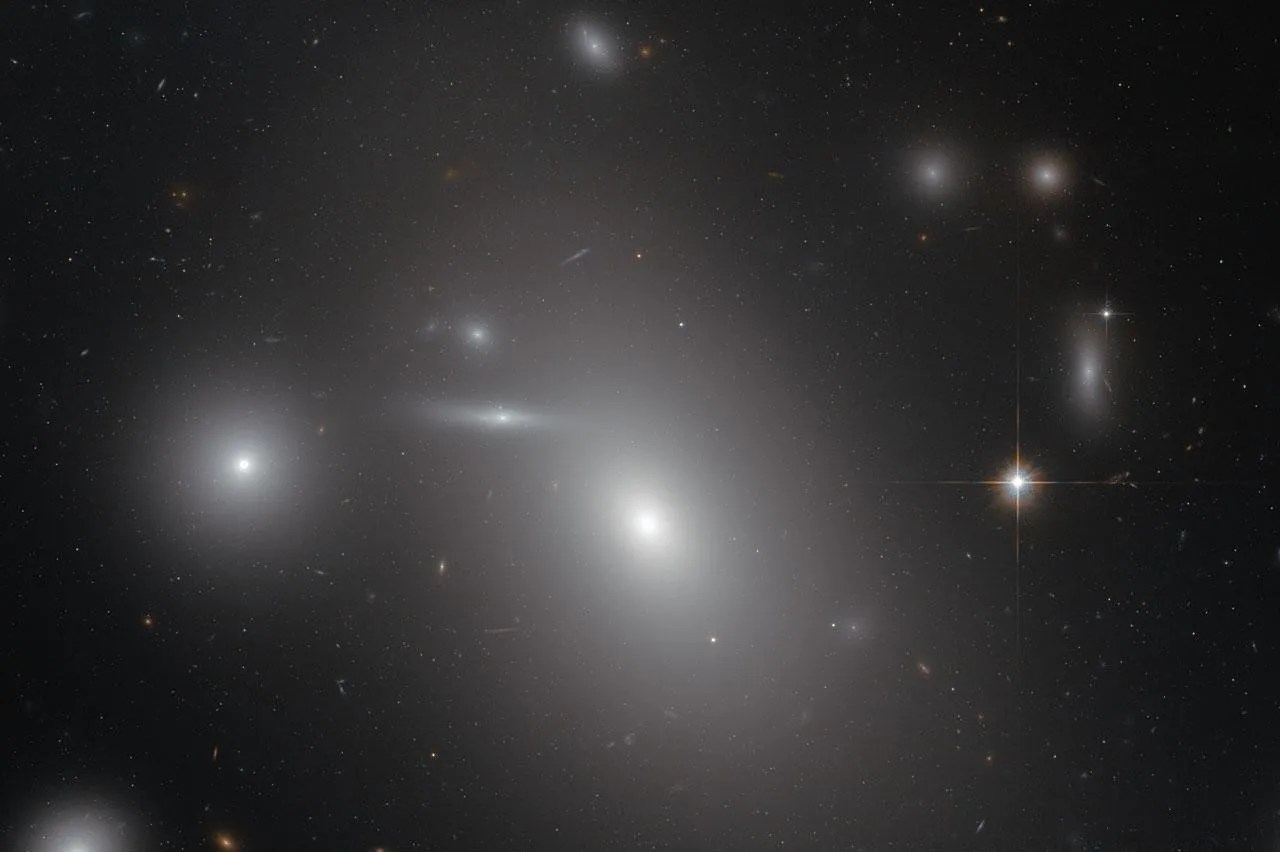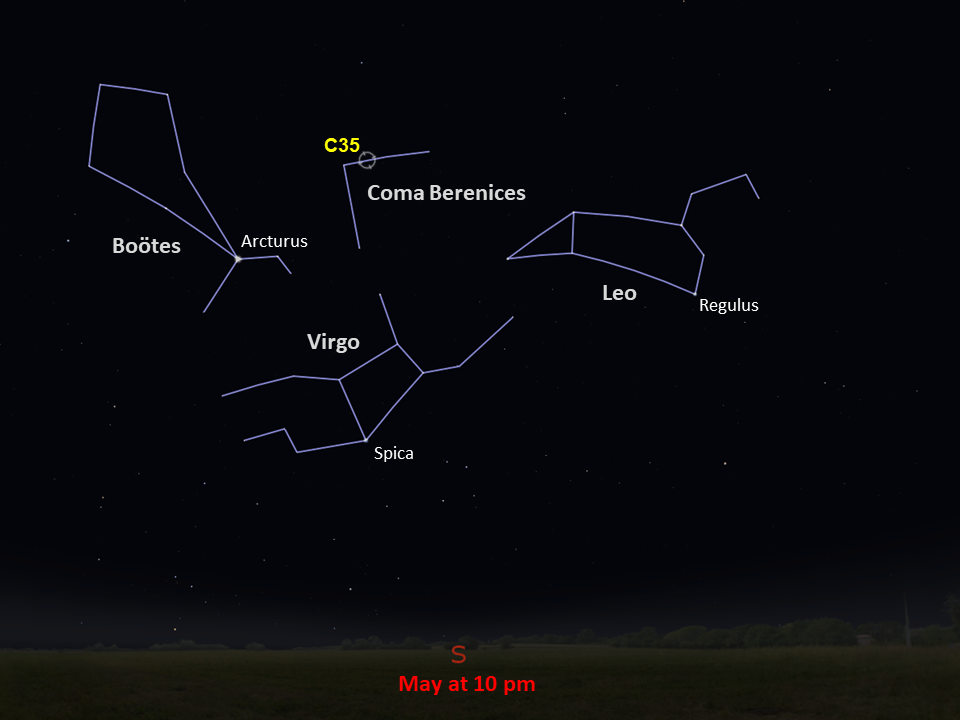Caldwell 35
Caldwell 35 is so far away that it takes light from the galaxy 300 million years to reach Earth traveling at 186,000 miles per second.
Distance
300 million light-years
Apparent Magnitude
11.5
constellation
Coma Berenices
object type
Elliptical Galaxy
While looking at this image, you have unwittingly become an intergalactic time traveler! Caldwell 35, also known as NGC 4889, is a galaxy that is truly far, far away — roughly 300 million light-years, or about 1,750,000,000,000,000,000,000 miles. That means the light from Caldwell 35 that reaches Earth today is 300 million years old. By observing Caldwell 35, the most distant object in the Caldwell catalog, we have the opportunity to peer back in time and see its corner of the cosmos as it was long ago.
Caldwell 35, another of astronomer William Herschel’s discoveries, is a giant elliptical galaxy, the largest and brightest galaxy near the center of this Hubble image. It is accompanied by other members of the Coma cluster of galaxies, and is set against a backdrop of hundreds of even more distant galaxies. (One bright star on the right side of the image, and a dimmer star above it, belong to our own galaxy.)
Scientists believe Caldwell 35 is about two and a half times larger than the Milky Way. Hidden in the heart of this tranquil-seeming galaxy lies a supermassive black hole. With a mass 21 billion times greater than the Sun, it is the most colossal black hole ever discovered. (For comparison, the black hole at the center of our galaxy is thought to be 4 million times more massive than the Sun.)
Black holes usually spark visions of stars and planets hurtling into the inky blackness of a tornado-like vortex, clutched in the unrelenting grip of unseen forces. While Caldwell 35’s black hole used to feed on material in its younger years, astronomers believe its galactic buffet has run out and it has stopped feeding. Not only are stars not being sucked in, brand new stars are actually forming and orbiting peacefully about the black hole.
This image was taken with Hubble's Advanced Camera for Surveys in visible and infrared light. With a magnitude of 11.5, Caldwell 35 is best seen using a large telescope under dark skies. As in the Hubble image, a number of fainter galaxies can be seen accompanying Caldwell 35 in the field of view. From the Northern Hemisphere, late spring is the ideal time to view the galaxy, which is located in the constellation Coma Berenices. From the Southern Hemisphere, look for it in the late autumn.
For more information about Hubble’s observations of Caldwell 35, see:
The Sleeping Giant
Glossary
Elliptical Galaxy - A nearly featureless, spherical or football-shaped galaxy, typically lacking new star formation and often containing much older stars than those in spiral galaxies.
Magnitude - The brightness of an astronomical object, represented by a number; bright objects have low numbers on the magnitude scale, while dim objects have high numbers.
Supermassive Black Hole - A black hole millions or billions of times more massive than the Sun, typically residing at the center of a large galaxy.
Explore Hubble's Caldwell Catalog
The following pages contain some of Hubble’s best images of Caldwell objects.
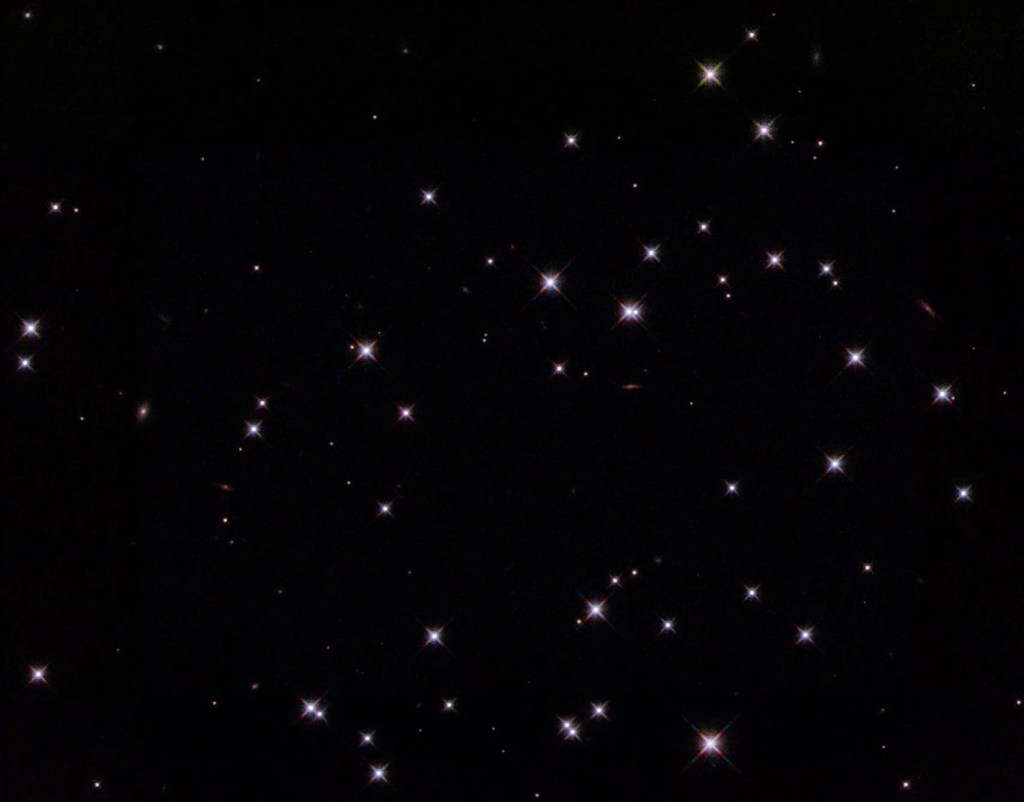
Also known as NGC 188, this group of stars formed from a large cloud of gas making the stars roughly…
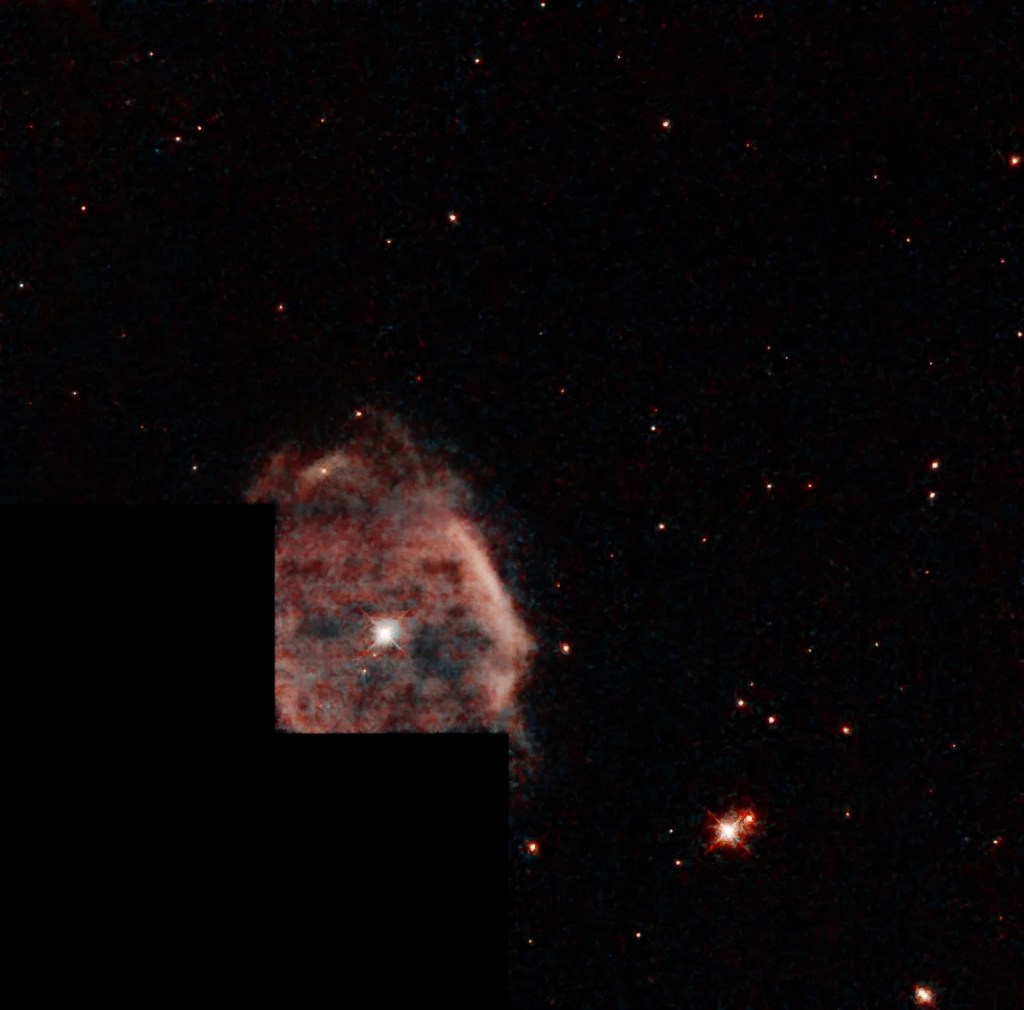
This shell of gas is expanding outward, away from the dying star within.
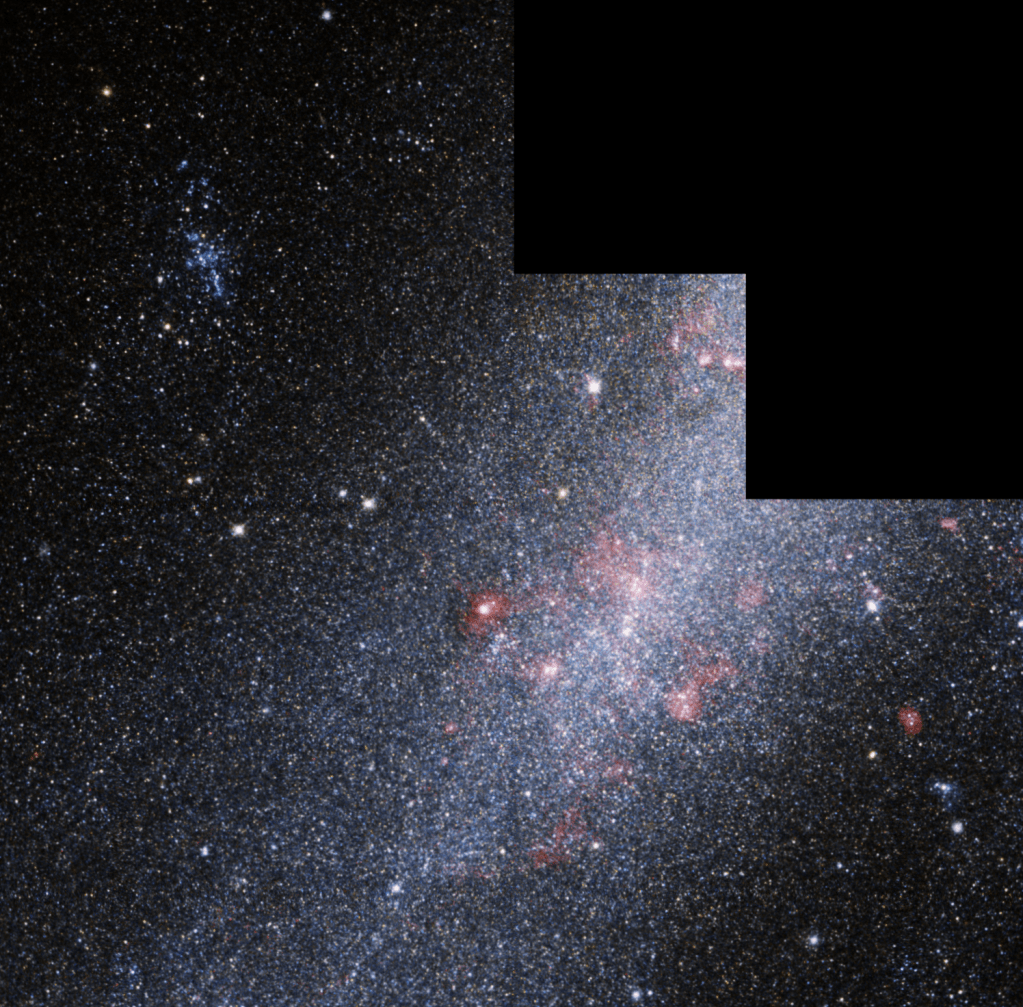
This barred spiral galaxy was first spotted by British astronomer William Herschel in April 1793 in the constellation Draco.



























